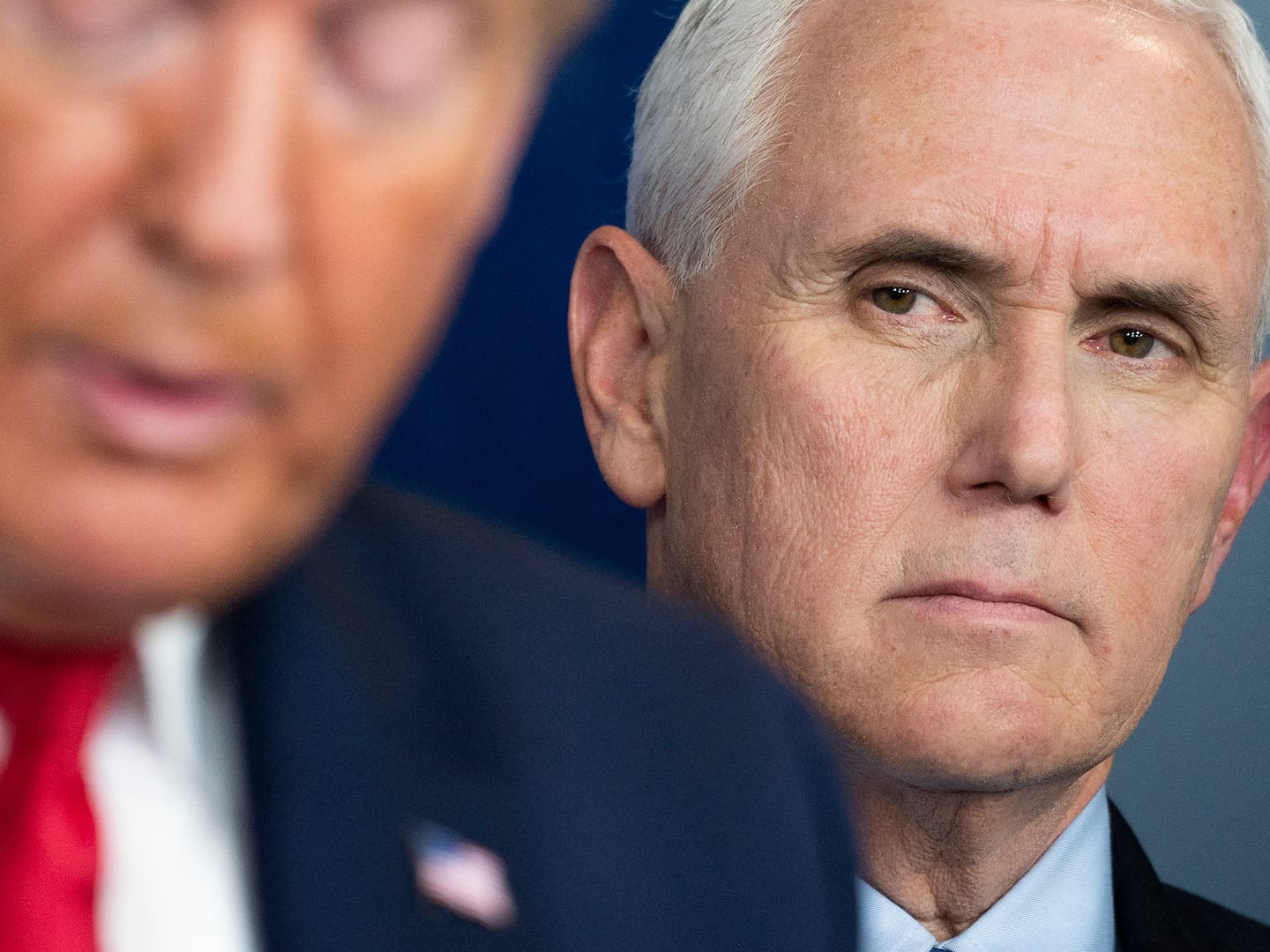Sixty-three Canadians were on their way out of Iran on Wednesday morning when their Boeing 737-800 jet plunged to the ground killing all 176 passengers on board.
The plane was leaving a country mired in crisis—hours after Iran ordered missiles to strike two U.S. military bases in Iraq— but it only made it around 8,000 feet above Tehran before disaster struck.
Ukraine Foreign Minister Vadym Prystaiko said early Wednesday that in addition to the 63 Canadians, there were 82 Iranians, and 11 Ukrainians on board. There were also 10 Swedish, four Afghan, three German, and three British nationals.
It is too soon to say what caused the devastating crash but both black boxes have been recovered. Authorities in Iran have now said that despite the usual protocol for airline disasters, they would not be turning over the black box to the U.S. where Boeing is based.
“We know that the plane climbed to an altitude of 2,400 meters. We don’t suppose that the crew has made a mistake. Considering their experience, we wouldn’t say there was something wrong with the crew,” Igor Sosnovsky, vice president of UAI said at the press briefing on Wednesday. Boeing 737-800 was produced in 2016. The airline says it thoroughly checked the plane on Jan.6.
Ali Abedzadeh, head of Iran’s Civil Aviation Authority told an Iranian news agency that America would “not be involved at any stage of the investigation.” Normally authorities from where the flight occurs share all data with authorities where the airline is based and with authorities where the plane manufacturer is based. That will not apparently be the case in this disaster. “We will not give the black box to the manufacturer or America,” Abedzadeh said Wednesday, which may hamper finding the cause of the crash.
The Globe and Mail reports that the disaster is the single biggest loss of life of Canadians in an air disaster since Air India went down over the Atlantic, killing 268 citizens. Many of the Canadians on the flight were thought to be students heading back to universities across Canada.
Fareed Arasteh, a 33-year-old genetics Ph.D. candidate at Carleton University, was returning home to Ottawa on the flight after spending the holidays in Iran. Two of his friends told The Daily Beast he was among dozens of other students who were on the flight to Ukraine as part of their journeys back to Canada.
“It is so sad and I am so shocked,” one of his friends, Zhaleh Firouzi, said. “His family is living in Iran, and he went back to meet them and to spend the holidays with them.”
The University of Alberta confirmed that two of its Canadian professors—Pedram Mousavi and Mojgan Daneshmand, who were traveling with their daughters Daria and Dorina—were on the ill-fated flight.
The University of Waterloo in Ontario released a statement that two of its Ph.D. students, Marzieh Foroutan and Mansour Esnaashary Esfahani, were victims of the disaster. The Iranian press also named a victim as Delaram Dadashnejad, who was studying in British Columbia.
Saeed Tahmasebi Khademsadi, a 35-year-old Ph.D. student at Imperial College London, also died in the crash. A spokesperson for Imperial College London told The Daily Beast the school is “deeply saddened at this tragic news,” and offered condolences to Khademsadi’s family, describing “the brilliant engineer” as a “warm, humble and generous colleague and close friend to many in our community.”
Sam Green of the GTA real estate agency of Toronto also confirmed that its realtor Iman Ghaderpanah was on the flight with his wife, Parinaz Ghaderpanah. “They are just a young couple, and they were building a life together,” he told the Toronto Star. “It’s a tragic situation.”
Richmond Hill eye clinic of Toronto confirmed on its website that their optometrist Dr. Neda Sadighi was on the plane, returning after a 10-day vacation. The Richmond Hill Remax office additionally confirmed on its website that their realtor Suzan Golbabapour was on the flight after spending holidays in Tehran.
Ukraine International Airlines runs a popular, low-cost direct service between Kyiv and Toronto, which has such a high number of Iranian immigrants it is sometimes called “Tehran-to.”
“This morning, I join Canadians across the country who are shocked and saddened to see reports that a plane crash outside of Tehran, Iran, has claimed the lives of 176 people, including 63 Canadians,” Canadian Prime Minister Justin Trudeau said in a Wednesday statement, offering his “deepest condolences to those who have lost family, friends, and loved ones in this tragedy.” “Today, I assure all Canadians that their safety and security is our top priority. We also join with the other countries who are mourning the loss of citizens.”
Trudeau added that Canada’s foreign minister, Francois-Philippe Champagne, “has been in touch with the government of Ukraine, and is speaking to relevant authorities” to thoroughly investigate the crash.
Even though the plane crashed hours after Iranian missile strikes on Ain al-Asad base in Anbar province and a base in Erbil used by U.S. and allied troops hours there is no evidence to say the two events are linked.
Ukraine prime minister Oleksiy Honcharuk warned Wednesday at a press briefing that such speculation is not useful until the investigation is completed. The plane crashed within minutes from takeoff from Tehran’s Imam Khomeini International Airport and the missile strike was launched from elsewhere in the country, authorities have said. According to data from the flight-tracking website FlightRadar24, The plane had been delayed for almost an hour from taking off.
Qasem Biniaz, an Iranian official involved in the investigation said terrorism played no role in the accident, according to the BBC. “Had the accident happened due to a missile strike, the plane would have exploded in the air,” he said.
According to the BBC, Ukraine’s embassy in Iran had immediately sought to quell conspiracy theories about the crash with a statement on their website which read: “According to preliminary information, the plane crashed as a result of a technical failure of the engine. The possibility of a terrorist attack or missile strike are currently ruled out.”
But on Wednesday morning, that message was no longer on the embassy website.
Ukrainian President Volodymyr Zelensky, who cut short a visit to Oman after the accident occurred, expressed his condolences over the “terrible news” to the loved ones of those killed, writing on his Telegram channel that the Ukrainian embassy was working to identify the victims and determine the circumstances of the crash. He also warned against “speculation or unchecked theories regarding the catastrophe.”
“I am constantly having consultations with our foreign partners. Our priority is to define the truth and those guilty for this terrible catastrophe. Many in Kyiv are disappointed that Trump did not mention the plane crash,” Zelensky wrote on social media Wednesday, noting Trump’s press conference about the missile strike. He is set to return to Kyiv Wednesday evening.
Investigators and first responders who arrived at the scene shortly after the crash were met with a blazing debris field due to the jetliner’s full fuel tanks on take-off.
“It’s unlikely that anyone has survived this accident,” Morteza Salimi, head of Relief and Rescue at the Red Crescent Society, told Iranian state TV.
Qassem Biniaz, a spokesman for Iran’s Road and Transportation Ministry, said the plane’s engine caught on fire, and the pilot then lost control of the plane, according to the Associated Press. Several witnesses on the ground reported seeing a flash of light as the plane was climbing followed by another flash as it fell to the ground, according to CNN.
Ukraine International Airlines has suspended flight service to Iran indefinitely. The aircraft involved in the disaster was just over three years old and had undergone a complete service only a few days before.
Ukrainian photographer, Anton Skiba, told The Daily Beast Kyiv’s Boryspil airport was filled with hundreds of people mourning the plane crash.
“Dozens of beautiful young flight attendants [bringing] flower, lit candles with shaking hands, sobbing over their friends, the crash victims,” Skiba said.
The 737-800 is the predecessor of the ill-fated 737-Max which has been grounded after two fatal accidents that killed 346 people within the span of a year. Boeing has also suffered a spate of technical problems in recent years, with two crashes involving the 737 Max jet claiming the lives of nearly 350 people. The company is still under scrutiny over flaws in the flight-control system on the 737 Max, leading to the aircraft to be grounded worldwide.









